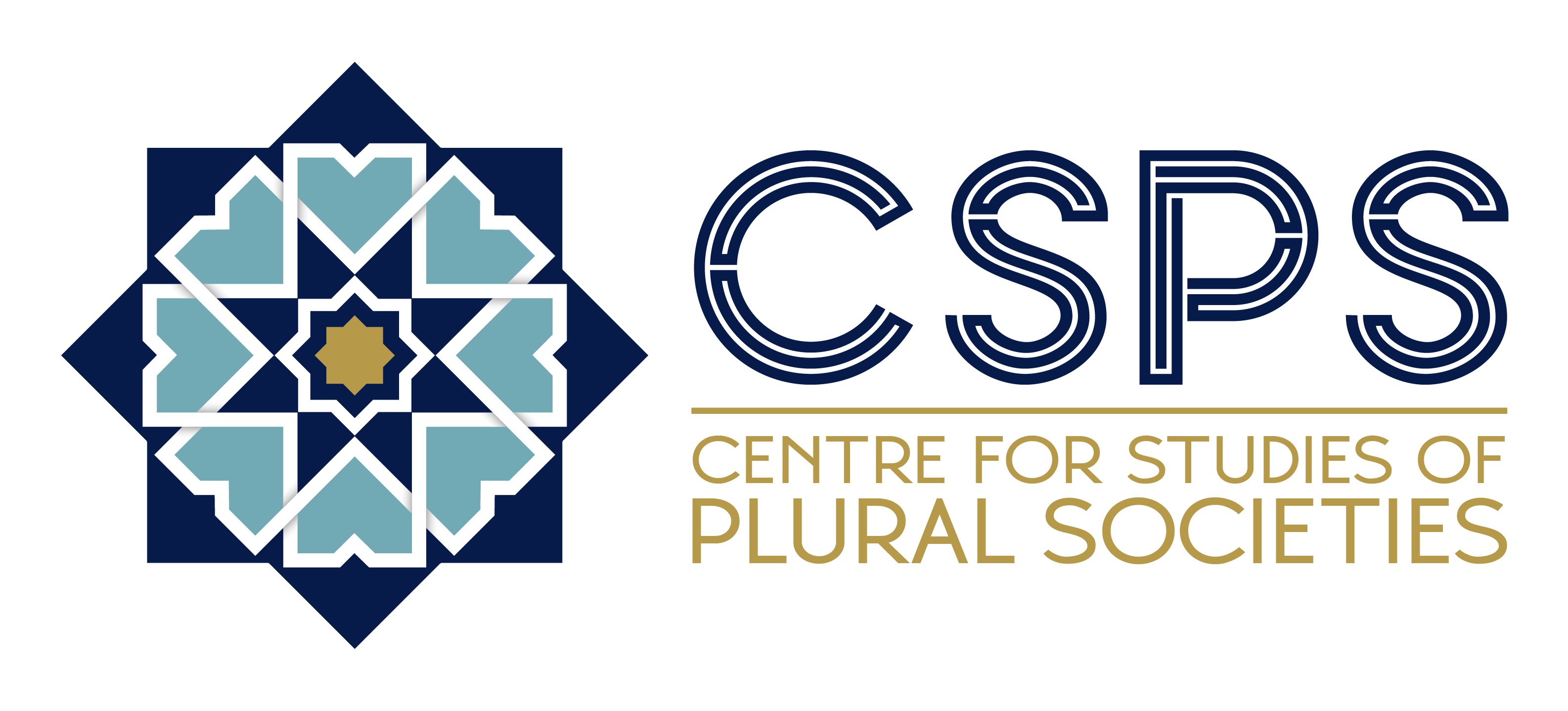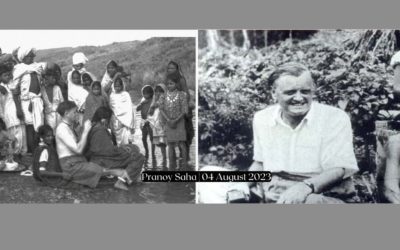French feminist philosopher Simone de Beauvoir said, “Man is defined as a human being and woman as a female – whenever she behaves as a human being, she is said to imitate the male.” It is a well-known fact that art, cinema, and literature significantly impact the lives of people of an era. They cannot be considered merely sources of entertainment as they act as strong forces of power to mould and change different societal practices. It is especially true in the case of Indian cinema, as this industry is the world’s largest in movie production (with an average of 1800 or more movies produced in a year). Because of its surplus production, cinema can be considered the most accessible, hence preferred, mode of media to communicate with the public. There has been prolonged mistreatment of women in Indian cinema, and there is a need for the sensitisation of gender representation in the mainstream media.
The article does a close reading of three Indian movies, Cocktail (2012), a Hindi language movie directed by Homi Adajania and Rathinirvedam (2011) and The Great Indian Kitchen (2021), Malayalam language movies directed by Rajeev Kumar and Joe Baby respectively. These three movies are taken as a mirror of society and exhibit the demeaning and trivialising of women in three major aspects: compartmentalising women into categories which do not consider their calibre or talent, objectification of women, and disregarding women as human beings in a patriarchal household setting, respectively.
The movie, Cocktail makes a clear demarcation between the two alleged types of women, one who is “wife-material” and the other who is only for dating. This distinction is shown by the characters Meera and Veronica. This movie portrays how women in certain parts of our society are still judged based on their clothes, hair colour, etc.
The movie, Cocktail makes a clear demarcation between the two alleged types of women, one who is “wife-material” and the other who is only for dating. This distinction is shown by the characters Meera and Veronica. This movie portrays how women in certain parts of our society are still judged based on their clothes, hair colour, etc. Society calls these women’ bold’, stating that if a woman lives according to her wish, wears Westernized attire (which is revealing and “immodest” in the eyes of the conservative society), and speaks openly, then she is bold. Whereas if a man does that, he is ‘modern’ and admirable. This misogyny is deeply rooted in so many scenarios that, most of the time, it goes unnoticed. This movie also tries to villainise Veronica at a certain point for acting out of her emotions. The sexism is evident in how Gautam is never reprimanded or punished for his bygone and sexist ideologies. The male characters are seldom given accountability for their less-than-acceptable actions.
Rathinirvedam, serves as a medium to exhibit the apparent objectification of women existing in Indian cinema. The most problematic aspect of this movie is how it romanticises sexual harassment and stalking, and the complete disregard for consent happening in this movie is alarming.
Rathinirvedam, serves as a medium to exhibit the apparent objectification of women existing in Indian cinema. The commentators on Bollywood have observed that “Bollywood has always been under the line of fire for its portrayal of women as objects of desire. Be it Mandakini, Parveen Babi, or the current crop of actresses. From ‘Sheila Ki Jawaani’ to ‘Munni ki Badnaami’, women are usually utilised as objects of desire and sexual objects.” This objectification of women is also romanticised and used as a courtship method by many of the ‘heroes’ in Indian cinema. One such example is the text in discussion. Rathinirvedam is the story of Pappu (a teenager), who falls head over heels for an older woman in his village, Rathi. The movie shows Pappu lusting over Rathi’s body, and his methods of expressing his love for Rathi mostly come out creepy and can be categorised as harassment. The most problematic aspect of this movie is how it romanticises sexual harassment and stalking, and the complete disregard for consent happening in this movie is alarming.
Cinema is a compelling cultural force globally, and very often, also becomes a benchmark against which a country’s intellectual process is measured.
The previously mentioned movies were released in 2012 and 2011, respectively, and cinema has come a long way since. The movies in today’s day and age do not glorify the despicability of commodifying a particular gender because of age-old norms. Cinema today has taken a step towards a more enlightened and aware territory. In an article published in Vogue India, the author observed, “Cinema is a compelling cultural force globally, and very often, also becomes a benchmark against which a country’s intellectual process is measured.” With the increasing popularity of the Over the Top (OTT) platforms, filmmakers are banking on movies that portray more layered characters as the audience appreciates them. The difference between writing a nuanced character in the earlier days and writing now is that the audience now knows about the characters’ complexities. A character does not need to have an angry-young-man attitude and motivation for revenge like Vijay from Agneepath (1990; remake in 2012), and neither is the character obliged to have suffered trauma like Sonali or Meghna from Fashion (2008) to be layered. In recent times, cinema quality has significantly improved due to the acknowledgment that the common folks are also layered, complex, and uniquely exciting characters.
The protagonists in the movie do not have a name either. They play the characters of husband, wife, and in-laws. By not giving the characters any name, the creators convey how this is not a case of just one family but a pattern that can be found universally in several households.
The Great Indian Kitchen tackled essential issues by presenting characters we know. The story mainly revolves around a newly married couple and how the bride is asked to carry out the expectations of the in-laws and society. The protagonists in the movie do not have a name either. They play the characters of husband, wife, and in-laws. By not giving the characters any name, the creators convey how this is not a case of just one family but a pattern that can be found universally in several households. The movie’s cinematography is also remarkable as it takes place by alternating frames between the men and women of the narrative for added emphasis.
The discourse around gender sensitisation and representation by analysing the problematic treatment of female characters and considering the objectification of women, being subjected to the male gaze, and being oppressed by society in mainstream Indian cinema need to be addressed.
A close reading of the movies is an attempt to analyse the often-overlooked elements in movies, leading to a discussion on their impact on the audience. The discourse around gender sensitisation and representation by analysing the problematic treatment of female characters and considering the objectification of women, being subjected to the male gaze, and being oppressed by society in mainstream Indian cinema need to be addressed.
Sweta Rath is a previous research intern at CSPS




